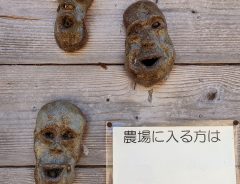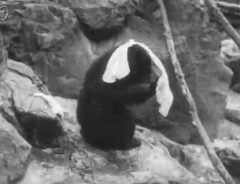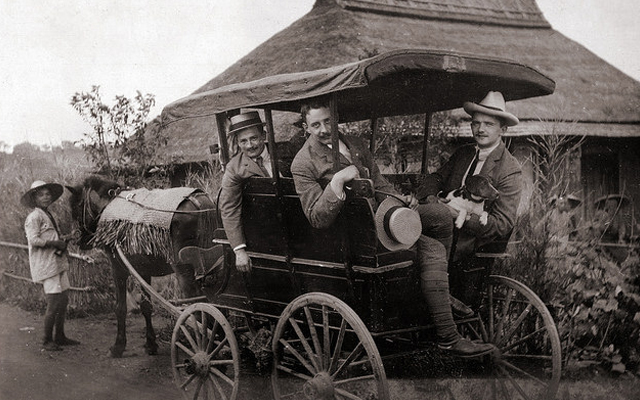- Source:
- Wolfgang Wiggers
- Tags:
- History / Japan / Photography / Yokohama
Related Article
-

Komeda Coffee releases mouthwatering trio of beefy short rib burgers
-

Bone-chilling discovery at abandoned farm in Japan looks like a horror movie opening
-

Japanese Woman Wears Handmade Pigeon Heels To Make Friends With Pigeons
-

Japan’s Most Beautiful Hot Spring Was Once A Favorite Of Rambunctious Little Cubs
-

Temple priest explains why you shouldn’t lightly explore haunted places in Japan
-

The Success Story Behind This Photo Of A 75 Year Old Vietnamese Woman Is Truly Beautiful.



Yokohama, Japan's second largest city by population, has always been known as one of the country's most international areas. Home to the Port of Yokohama, which first began operating in 1859, the city has long served as a gate connecting Japan and the rest of the world through foreign trade.
But Yokohama has not always been so diverse, and the great shift from traditional to modern culture was not without confusion. Fortunately, an album of photographs taken during the very years of this transition has resurfaced, shedding light on the period of time soon after Japan opened itself up to the foreign world.
The photos are likely to have been taken by a German tradesman living and working in the area around the year 1908, and exquisitely capture the daily lives of the locals during Yokohama's drastic economic and societal change. The album contains over 500 photos, and shows artisans of industries such as embroidery, textiles, and silver cloisonné working hard on products for foreign export, as well as vast numbers of foreign visitors that indicate how much trade had flourished during that time.
Despite how different the city might look from today, people who lived during the turn of the 20th century also loved picnicking under the cherry blossom trees for hanami, lazing around at the beach, and were occasionally struck by the force of natural disasters. Many pictures show locals trudging through flooded streets, while others show the devastating aftermaths of the Great Kantō Earthquake of 1923.
This valuable opportunity to see Yokohama 100 years ago helps us realize that not only was there a fascinating period of drastic changes, but also that there are still many similarities in the lives of the locals, regardless of the passing of an entire century.
Source: Wolfgang Wiggers